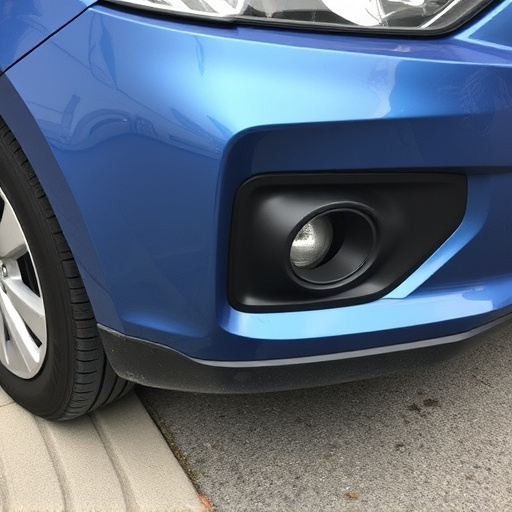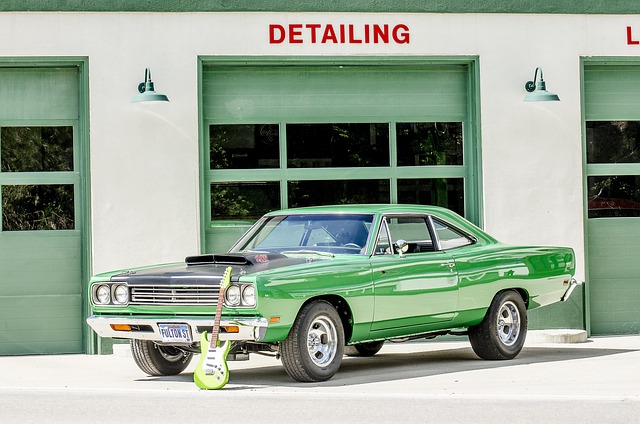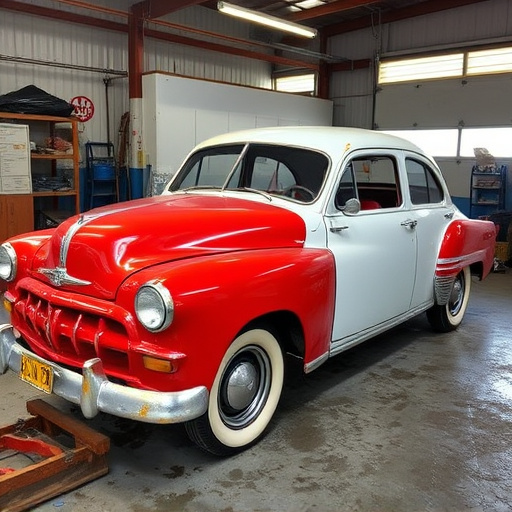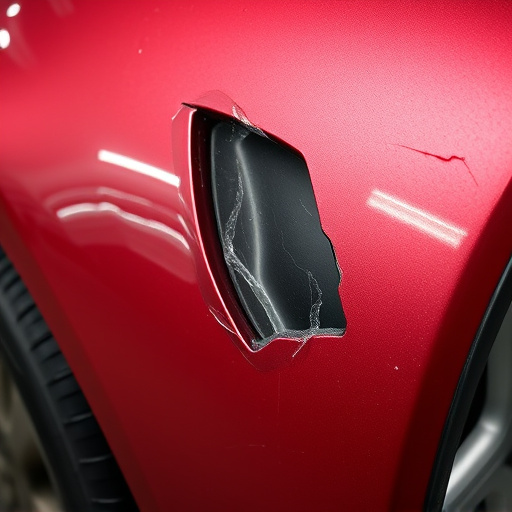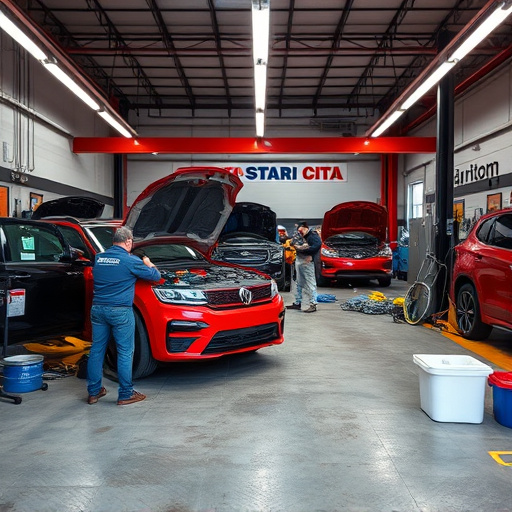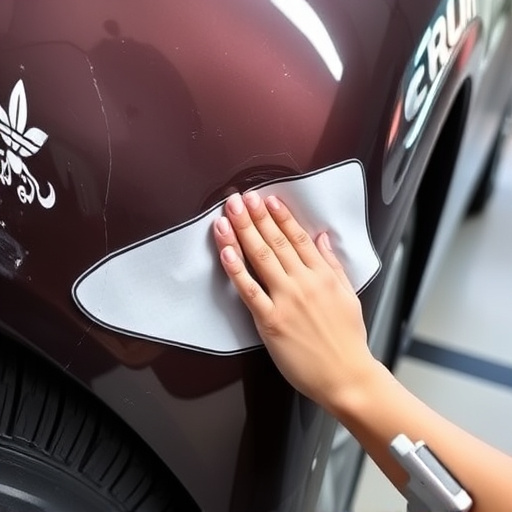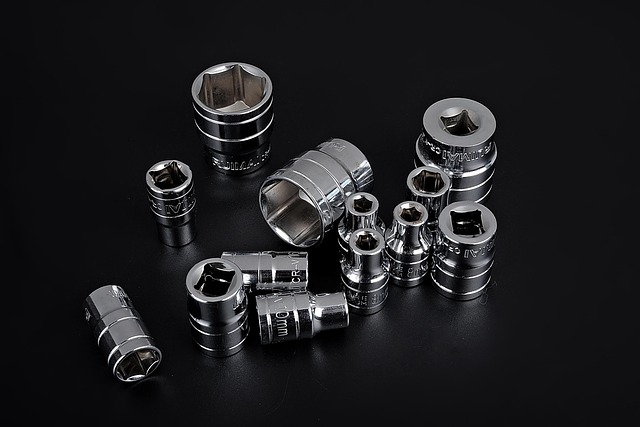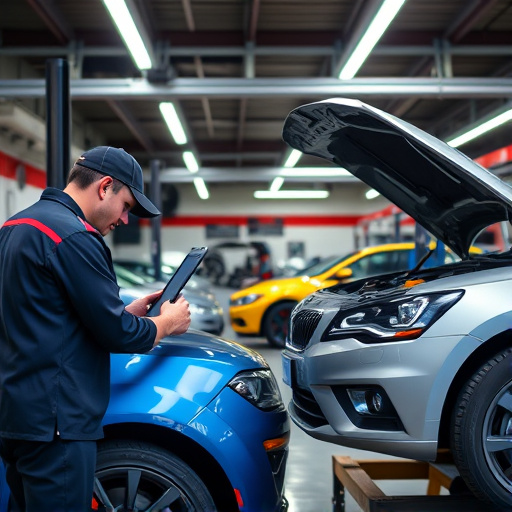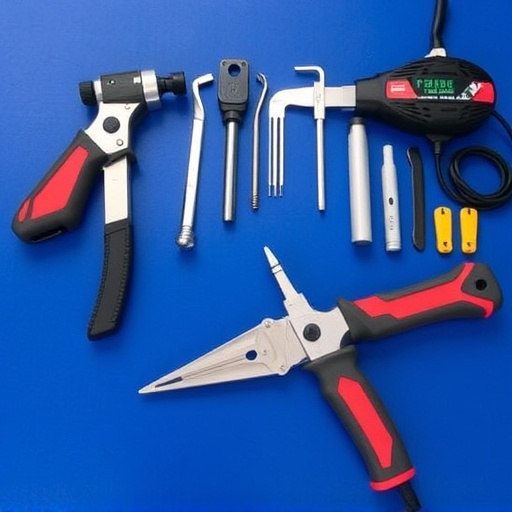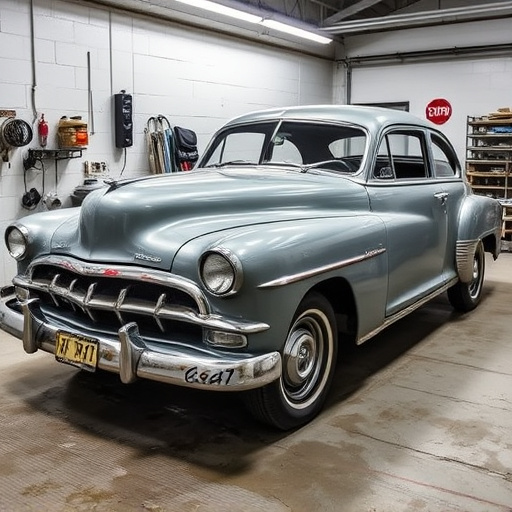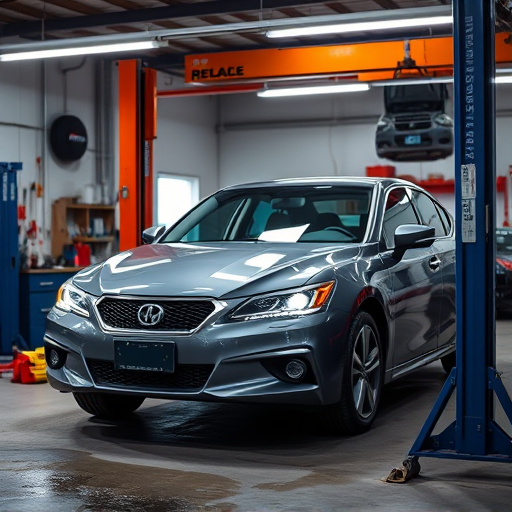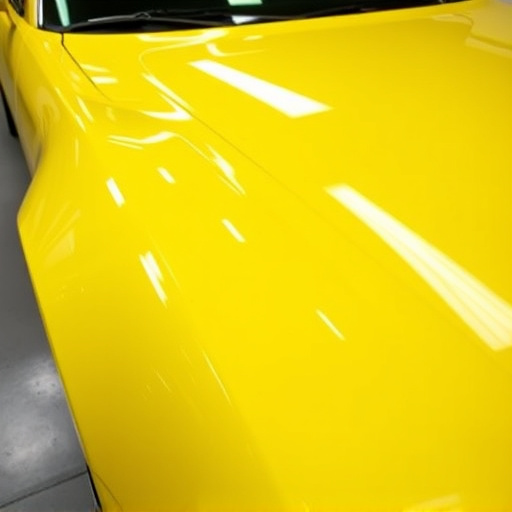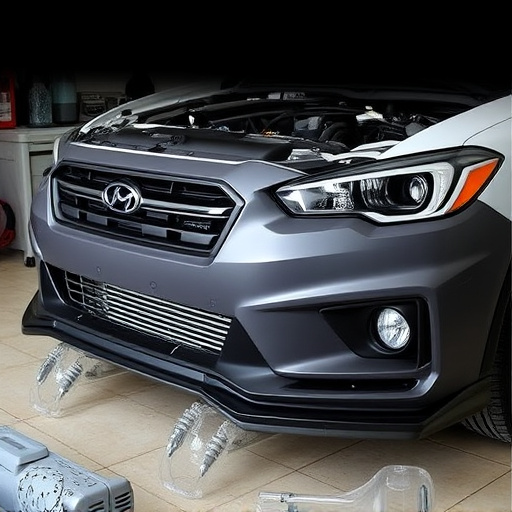After winter, inspect vehicle for dents, scratches, and rust. Maintain tires, brakes, wipers for safe driving. Use advanced repair techniques, coatings to protect against weather damage.
As winter approaches, so does the risk of snow, ice, and rain-related damage to your vehicle. This article offers essential seasonal collision repair tips to help you navigate through harsh weather conditions. We’ll guide you through assessing winter-related damage, performing pre-season maintenance for optimal protection, and ensuring your car is prepared to face extreme weather after any collision repairs. Stay safe on the roads this season with these practical strategies for seasonal collision repair.
- Assessing Winter-Related Damage to Your Vehicle
- Pre-Season Maintenance for Optimal Protection
- Post-Collision Repair: Safeguarding Against Extreme Weather
Assessing Winter-Related Damage to Your Vehicle
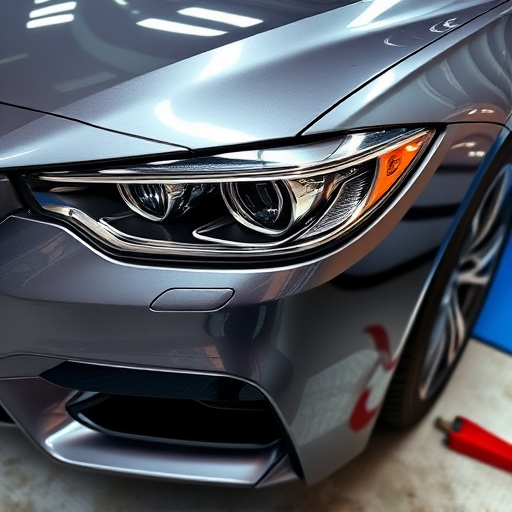
After a long, harsh winter, it’s common for drivers to discover damage to their vehicles from snow, ice, and rain. Assessing this winter-related damage is the first step in effective seasonal collision repair. Start by examining your vehicle’s exterior carefully. Look for signs of denting, scratches, or chips in the paintwork, which could be caused by ice chunks or tree branches. Check the windshield and windows for cracks or streaks, often indicators of freezing temperatures and road salt. The undercarriage, too, can reveal evidence of winter’s toll; look for rust spots, as moisture from melting snow can accelerate corrosion.
Don’t overlook potential issues within the vehicle body shop, such as loose trim or damaged fenders. If your luxury vehicle repair needs are extensive, consider taking it to a professional body shop that offers scratch repair services to restore its pre-winter condition. Remember, timely action is crucial in minimizing the impact of winter damage on both cosmetic and structural elements of your vehicle.
Pre-Season Maintenance for Optimal Protection

Before the seasons change, it’s crucial to prepare your vehicle for the challenges ahead. Pre-season maintenance is key to ensuring optimal protection against snow, ice, and rain-related damage. Start by inspecting your car for any existing issues, focusing on critical areas like tires, brakes, and windshield wipers. Well-maintained tires with adequate tread depth are essential for gripping slippery surfaces and preventing skids during winter storms.
Regular brake inspections are also vital as worn-out brakes can lead to longer stopping distances in bad weather. Newer wiper blades that make consistent contact with the glass will prevent water spots and ensure maximum visibility when driving through rain or snow. Additionally, a comprehensive car damage repair plan should include an investment in high-quality winter tires and a defroster for quick windshield clearing. These proactive measures will not only enhance safety but also reduce the likelihood of minor fender benders that often occur during seasonal transitions.
Post-Collision Repair: Safeguarding Against Extreme Weather
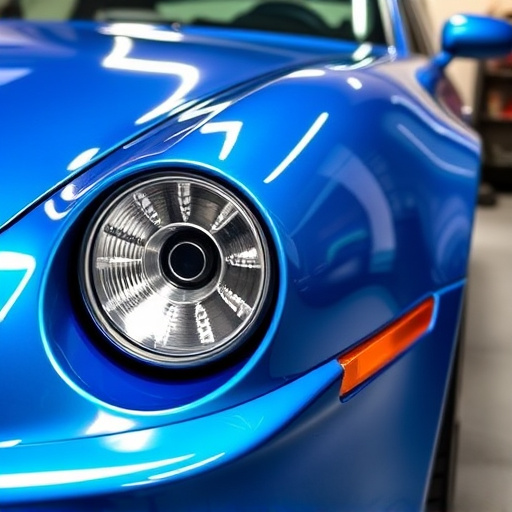
After a collision repair, protecting your vehicle from future weather-related damage is essential. Extreme weather conditions like snow, ice, and heavy rain can exacerbate existing repairs or cause new issues. One effective strategy is to invest in high-quality car paint repair services that use advanced techniques like paintless dent repair. These methods not only restore the aesthetic appeal of your vehicle but also create a durable, protective barrier against environmental factors.
Regular maintenance plays a crucial role too. Ensure your automotive body shop applies appropriate coatings and sealants to protect the freshly repaired surfaces from water penetration, corrosion, and UV damage. By safeguarding against these elements, you extend the lifespan of your collision repair work, ensuring your vehicle remains in top condition even during the harshest seasonal changes.
In the face of unpredictable winter weather, proactive vehicle care is essential. By assessing potential damage, conducting pre-season maintenance, and ensuring post-collision repairs are thorough, drivers can safeguard their vehicles from snow, ice, and rain-related hazards. Remember, seasonal collision repair is key to a smooth and safe driving experience throughout the year.
